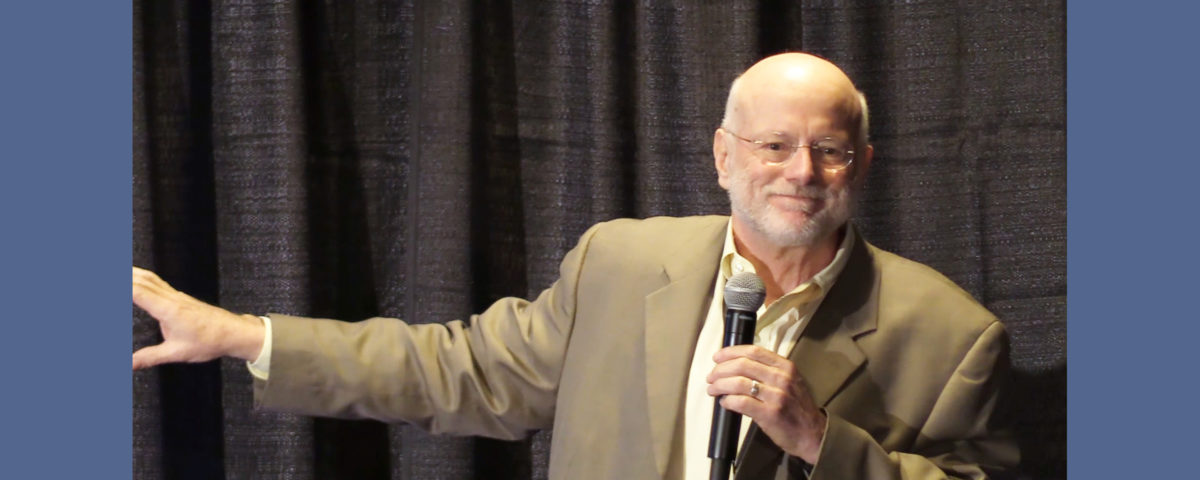How to Know When to Expand Your Staff
April 26, 2019
Cause Inspired Media Raises Millions With Google & Nonprofits
April 27, 2019NANOE Has It Right – They’re Not Your Grandparent’s Nonprofit Association

NANOE has it right. As I mentioned in last month’s column, I attended and spoke at the annual meeting of the National Association of Nonprofit Organizations and Executives (NANOE) in Charleston on March 26th and 27th.
Why does NANOE has it right? NANOE is not your “grandparent’s nonprofit association” in that it is bold and brave enough to bring truly independent and unconventional thought to the nonprofit public square — and is not shy about doing so. NANOE is being disruptive of the nonprofit status quo for good reason — the operating model needs an upgrade of thought and practice.
We share NANOE’s perspective because of our unfettered belief in the necessary role of the nonprofit sector as a mediating counterweight to both the private and governmental sectors. We also share the belief that it needs to up its game somewhat – hence the search for new ways of doing things.
Let me offer a specific case in point about new thinking that came up in Charleston in a fund-raising presentation – and it started with a comment about Galas, Silent Auctions and Golf Tournaments – three traditional staples of nonprofit funding. The point expressed formally in Charleston, and which is consistent with my own experience, is that when you add up the hundreds of hours of volunteer and paid staff time, and related costs and expenses, the “rate of return” on the investment in these initiatives is quite low – and the question is whether redirecting the time and effort devoted to Galas, Silent Auctions, and Golf Tournaments to different methods will yield more for the organization – a greater “rate of return.”
In other words, it is not the total amount of money that comes in the door at these events that you look at, but the total less: direct and indirect expenses, allocated depreciation, paid staff time (especially CEO time),
opportunity costs, and some reasonable quantification of volunteer time. The term “rate of return” is common in the business world. Its use in the context of nonprofit fundraising makes good sense — another example of how business thinking can apply to nonprofit matters.
In fact, a few years back I was at a meeting of a board when the topic of our annual gala appeared on the agenda. I suggested (half facetiously) that we mail “Get out of this Year’s Gala for Two Hundred Dollars” invitations to all donors on our list to see what would happen. It would be interesting to see if something like this would work – even on a trial basis.
Nevertheless, I understand that money is money and you have to get it somewhere – and that there are ancillary public relationship benefits that come with these activities – but the “rate of return” analysis is legitimate and fair.
The alternative approach offered by NANOE is to find a way to stay in what might be called “permanent working capital campaign” mode – with a carefully constructed and nurtured donor group, assembled after careful demographic research, and to build a long term personal relationship with them, offering to stop by their house once or twice a year, to report regularly on how things are going (the good, the bad, and the
challenges), and being completely up front about the desire to have them (as people of means with the capacity to write checks) be regular sources of the “working capital” the organization needs. In my words, the idea is to treat these carefully cultivated donors as investors in almost every sense of the word.
What I liked about this message is that it offered no gimmicks or easy magic at all – only hard work over a period of years to build and maintain a working capital donor network that is regularly tapped for support. I am likely not doing the technique justice, and I am not saying this would work in all settings, but I am saying that this is the type of “business thinking” the nonprofit sector needs in its boardrooms.
NANOE has it right was written by John Horak Director of The Alliance for Non-Profit Growth and Opportunity (TANGO) John Horak Esq. (Jack) joined TANGO on October 1, 2016 after a 36-year legal career at the Hartford office of the law firm Reid and Riege, P.C. Jack was a member of the firm’s Business Law Practice, where he created the firm’s Nonprofit Organization Practice Group. Jack was the principal author of the Reid and Riege Nonprofit Organization Report, a quarterly publication distributed throughout the United States; and also regularly published articles and editorials on legal and policy issues in Philanthropy Magazine, the Hartford Courant the Connecticut Law Tribune, and the Hartford Business Journal where he writes a regular editorial column entitled “Rule of Law.”
Jack is also a contributing author to InsideCharity.org
NANOE has it right was first posted at InsideCharity.org

1 Comment
[…] Because NANOE has gotten it right! […]